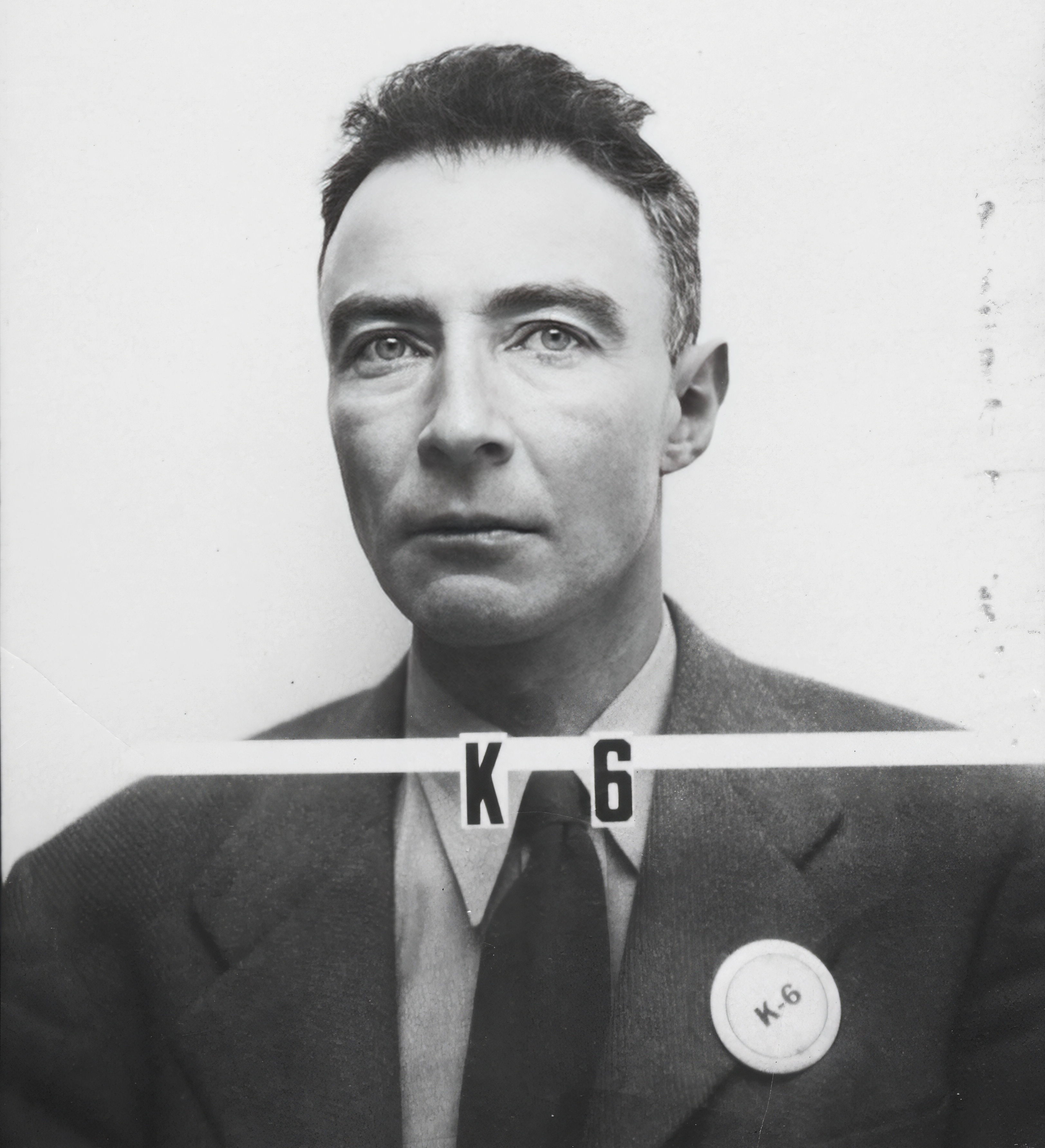Oliverio Tezuka, 1968.
Among the most prominent of Brazil's Japanese diaspora was Oliverio Tezuka (1928-1989), who changed not only Brazilian culture but animation and comic books worldwide, to the point where he is considered the father of Brazilian Banda [1] and Animado [2]. Born Osamu Tezuka in 1928, Tezuka was interested in drawing and animation from a young age and was obsessed with Disney and East Asian animation [3]. By the dying years of the Empire of Japan, Tezuka had begun working on both early comic books and the practice of medicine. However, both careers were put on hold due to the devastation of his country during WW2. In 1950, with Japan still struggling to recover in the immediate post-war years, Tezuka, like many young Japanese, didn't see a future in his country and moved to Brazil, settling in Curitiba. After working for one year as a nurse, in 1951, Tezuka decided to use his comic skills to found
Parana Publishing. While it would gain fame as the comic book and animation studio
Novo, Tezuka's first work was publishing educational aids for Japanese children trying to learn Portuguese. [4] But even at the time, Tezuka still experimented with animation.
View attachment 890633
Excerpt from the 1954 film
Bem-Vindo, the first Jose Carioca cartoon produced by Oliverio Tezuka.
Among Tezuka's most popular works were films featuring the character Jose Carioca. Created by the Brazilian artist J. Carlos [5], Walt Disney used the character in films produced due to the Good Neighbor Policy. In 1953, the rights to Jose Carioca were purchased from the late Carlos' publishing house by Tezuka's studio, and Bem-Vindo was released on March 12, 1954. While the film is mostly a comedic series of vignettes, it has one notable action scene where Carioca foils the schemes of an evil German agent.
It was released mere days before the St. Patrick's Day raids, a coincidental event that would change the fortunes of Tezuka and Brazilian animation, when he gained one particularly powerful patron.
Getulio Vargas watching a film, 1956.
While the resumption of the Warm War would create horror unimaginable in modern history, it created opportunities beyond measure for Getulio Vargas.
By this time, Vargas had fully thrown his lot in with the Allies and had taken on the image as the champion of liberty in Latin America for both domestic and international support.
His own past Axis ties, combined with his previous inclinations toward xenophobia and authoritarianism, have led liberal and left-leaning Brazilians to denounce him as a glorified opportunist and weathervane who would've established a fascist dictatorship and joined Hitler had it not been for Allied pressure. Brazilian nationalists and modern Brazil historiography celebrate Vargas as the man who turned Brazil into a modern industrial nation and an American power, ending Brazil's domination by a cabal of landowners who had infamously overthrown the Imperial government. For more moderate historians, Vargas's rule was authoritarian. Still, his reforms are said to have helped Brazil's modernization, making Vargas' rule a sort of transitional period between when Brazil's post-monarchical military rule and its modern democratic government that followed Vargas's presidency.
On the eve of the war, Vargas had been preoccupied with his desire to fulfill the decades-long goal of building a new national capital in Brazil's interior and rumors that military officers allied with landowners were plotting to overthrow him. With the Axis openly resuming hostilities with the Allies, Vargas used the planned coup, and his declaration of war against Nazi Germany to finally put Brazil's army under his control, a step toward making the Brazilian army a civilian institution for the first time since the days of the Imperial government and used war industry mobilization to construct Brazilia.
But Vargas gained another interest: animation. Vargas previously had dismissed animation as gutter entertainment. Still, his agents told him about the massive popularity of
Bem-Venidos, particularly how audiences cheered over Jose's defeat of the evil German villain. Drawing inspiration from America's Good Neighbor Policy, Vargas understood how media could be powerful to secure his country's prestige and, by extension, prestige. It was also rumored he had a copy of Goebbel's
Principles of Propaganda in his desk [6] and studied how the infamous propaganda minister had turned Germany's media into a means of brainwashing the German people to serve the Nazi regime with unflinching loyalty. He summoned Tezuka to his office in May of 1954 and, with his advice, set up Brazil's Ministry of Entertainment. While it eventually became a mere regulatory body used to promote and regulate Brazil's media market, it effectively functioned as Vargas's propaganda office in its first few years.
Vargas made a deal with many of Brazil's top directors, artists, musicians, writers, and media giants to promote Brazilian greatness, and they would receive massive support from his government. Unlike the megalomaniacal Goebbels, who often personally intervened in the production of propaganda films to the detriment of their quality, Vargas gave his subsidized artists far more freedom for artistic expression and even allowed some criticism of Brazilian society (as long as it did not criticize him personally). Tezuka, seeking to expand his media empire, hoped on board, even renaming his studio to
Novo after the name Vargas gave his regime to appease his new client.
The use of film and media to promote Brazil, now known as Miranda Diplomacy after the famous Brazilian dancer, primarily targets film, radio, and animation. Awash with new funds, Tezuka was set to make Brazilian animation among the most celebrated in the world.
[1] From the Portuguese word for comic book.
[2] From the Portuguese word for cartoon.
[3] While OTL Tezuka did love Disney, he claimed his more direct inspiration for going into animation was a Chinese cartoon called Princess Iron Fan.
[4] Tezuka's early work was a form of proto-edutainment.
[5] ITTL, I think there might be a historical myth that Disney, not Carlos, created the character.
[6] OTL, Goebbels principles are universal enough, that they are still used by modern-day propagandists.








